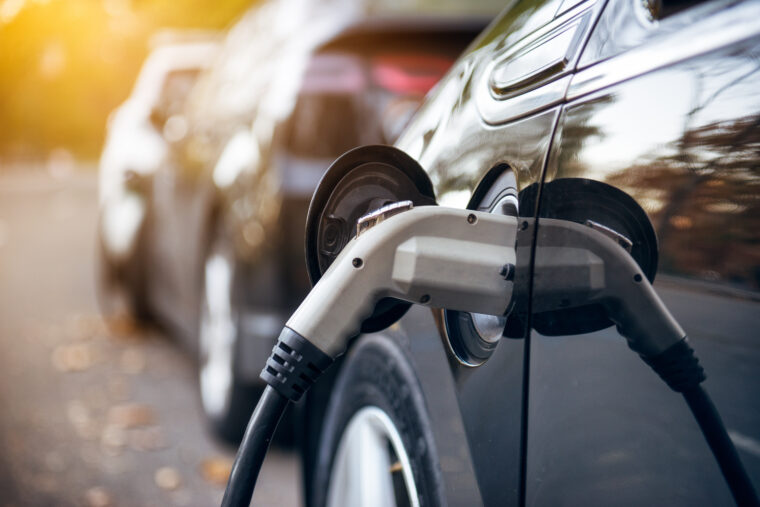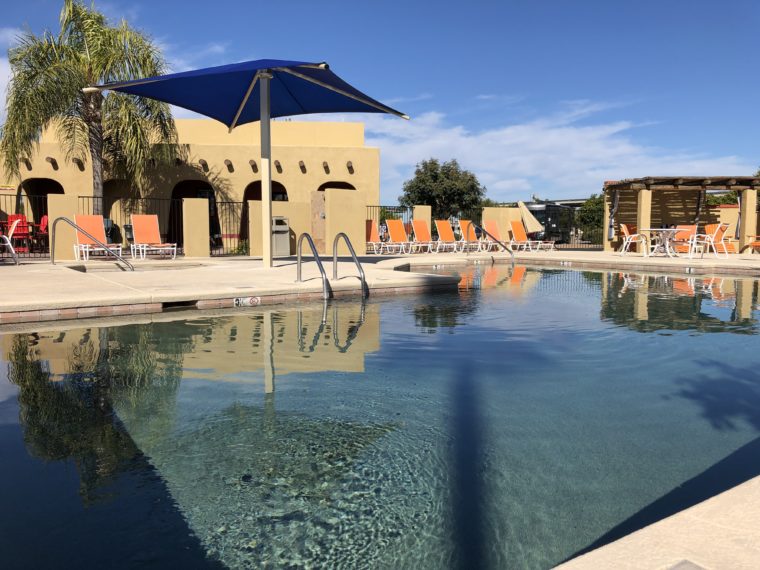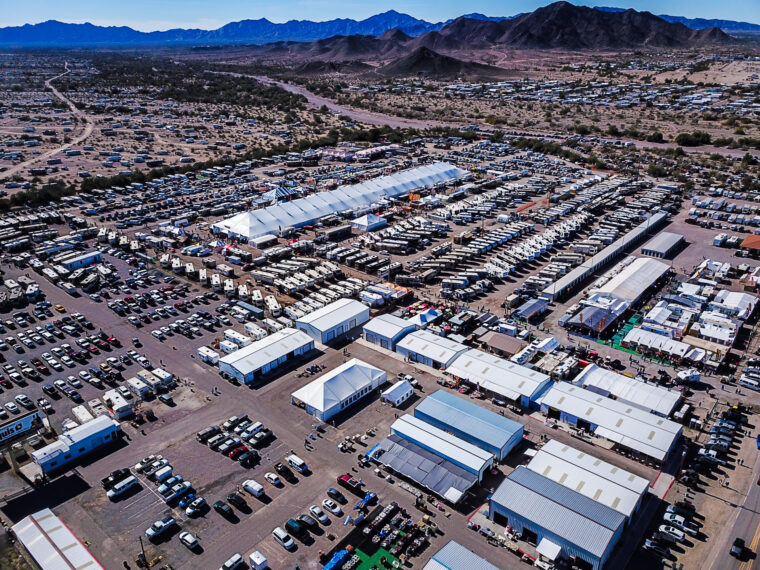The past few weeks have been busy for lawmakers in Washington, D.C., with the passing of the Infrastructure Investment and Jobs Act of 2021 and other initiatives through the U.S. Department of the Interior. This combined with the Great American Outdoors Act shows bureaucratic investment in the outdoors but also means future construction and closures.
We’ll have to wait to see if these policies live up to their promises, but here’s what travelers have to look forward to in the coming years as funding is distributed for future projects.
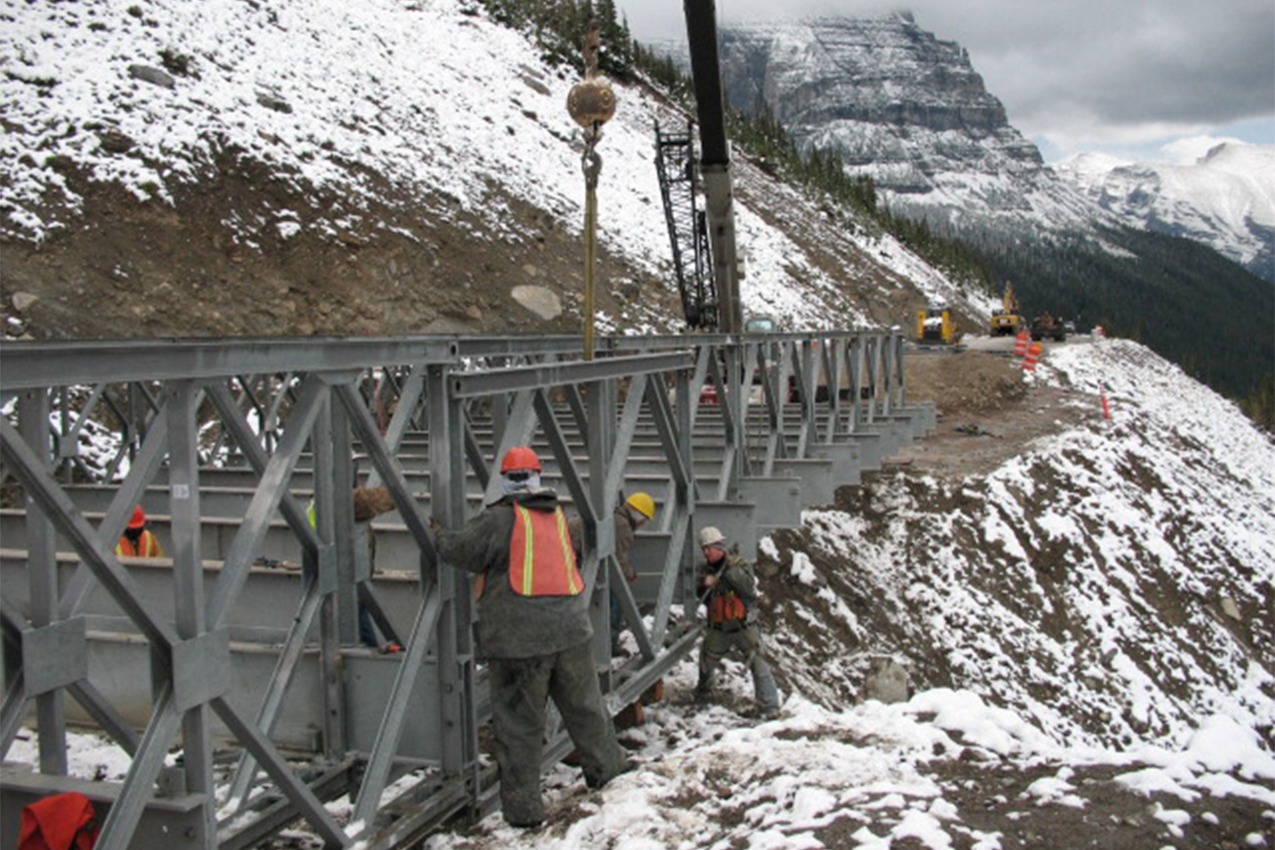
Photo courtesy of the U.S. National Park Service
National Parks
The infrastructure law reauthorizes a Federal Transportation Program, directed to repairing and upgrading National Park Service (NPS) roads, bridges, trails, and transit systems. In total, the NPS will receive more than $1.7 billion in funding spread over 5 years.
According to a press release by the National Parks Conservation Association, here are some of the potential projects funded by the legislation:
- Road and bridge repair for the Blue Ridge Parkway, the Mojave National Preserve, Great Smoky Mountains National Park, Denali National Park and Preserve, and Harpers Ferry National Historical Park.
- Large repair projects could include the reconstruction of the Grand Loop Road in Yellowstone National Park and Tioga Pass in Yosemite National Park.
- Aquatic ecosystem restoration projects and ecosystem restoration programs in the Great Lakes, Chesapeake Bay, and Delaware Basin.
- Transportation and accessibility improvements at some of the most-visited national parks.
- Help animals adapt to the changing climate and reduce wildlife-vehicle collisions.
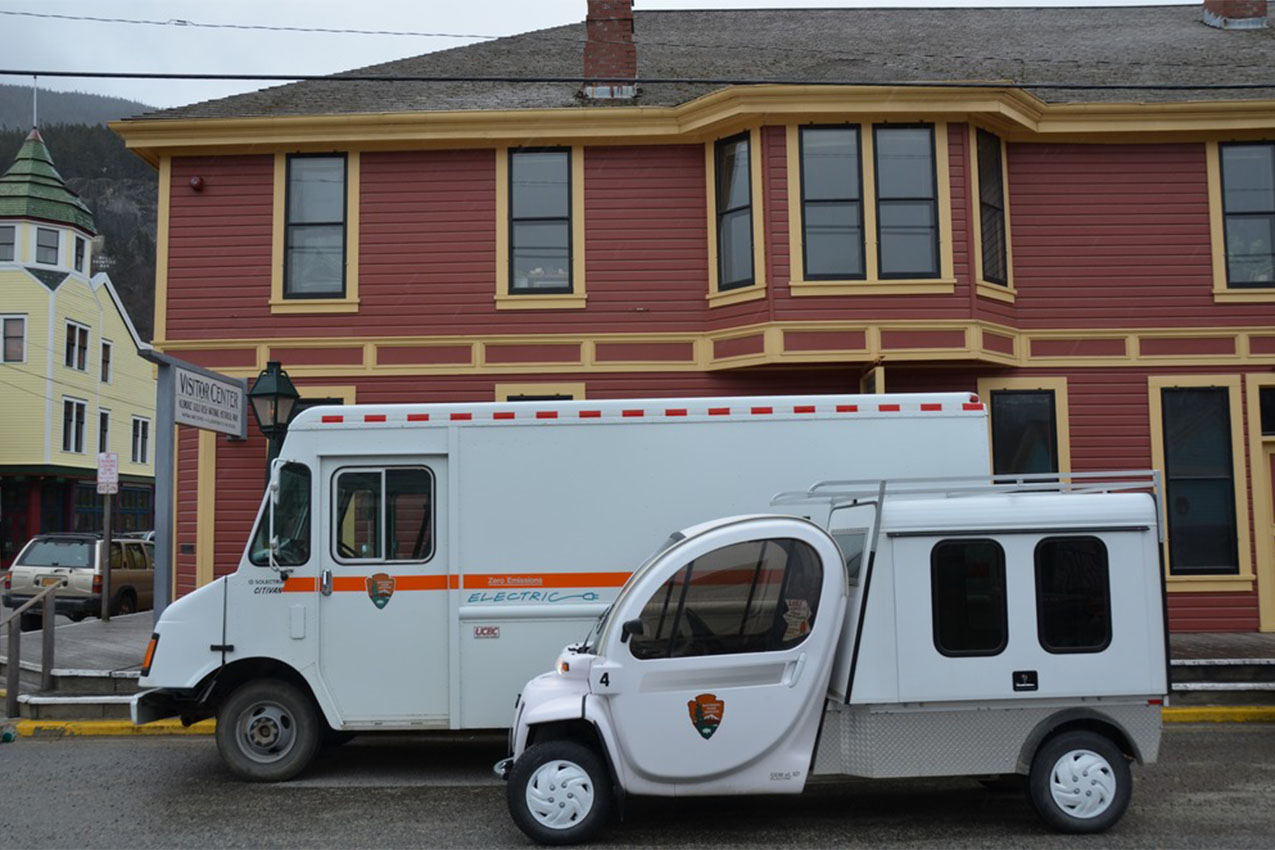
Two national park electric vehicles parked outside Klondike Gold Rush National Historic Park’s visitor center. Photo courtesy of the U.S. National Park Service.
Also this month, the U.S. Department of the Interior and Department of Transportation (DOT) signed a Memorandum of Understanding that outlines priorities and investments in transportation within the national park system.
These initiatives include innovative technology pilot programs, such as automated shuttles at Yellowstone; mobility services such as rideshares and electric scooters; replacing current transit fleets with electric buses, specifically at Glacier, Grand Canyon, and Zion national parks; installing electric vehicle charging stations at strategic locations; and using mobile technologies to share travel information, including real-time transit arrival and parking area availability.

Road maintenance in Gatlinburg, TN, a gateway community to Great Smoky Mountains National Park. Photo courtesy of the U.S. National Park Service.
Scenic Byways
The Infrastructure Investment and Jobs Act also designates funding for undergrounding to the National Highway Performance Program, a new $5 billion-per-year program to prevent outages and enhance the electric grid. According to a press release, $300 million per year will go to the Federal Lands Access Program to support gateway communities, towns located near federal lands (mainly national parks) that support tourists with accommodations, restaurants, and attractions. Through the act, these towns will be able to receive funding for landscaping and historical markers.
Specific funding designations haven’t been announced yet, but overall the act will help improve and enhance travelers’ experience in scenic locations throughout the U.S.

